Intern Journal: Lessons from Suhad
In my art and storytelling class Tuesday I asked the children to draw a person important to them for the last 30 minutes of class. I figured this would be a simple way to learn a little more about them, since speaking in front of the group has been a tough sell. I learned, though, that there is a lot more to discover from “simple” drawings than I expected.
 As I walked around the room, asking each student, “meen had?” (Who is it?), I came upon a drawing that would cause uproar at a school in the States: a person with a gun. Two of the boys in my class had drawn people in their life that were killed. Saed told me that the person he drew was his friend who had been outside school when he fell down and died. The image didn’t surprise me at a logical level—I knew that this is a common experience for these kids whose childhood is defined by the 2nd Intifada. Yet I froze, because I did not want to display my own emotions in a way that would make Saed upset. So I responded to his picture the same as any of the other images.
As I walked around the room, asking each student, “meen had?” (Who is it?), I came upon a drawing that would cause uproar at a school in the States: a person with a gun. Two of the boys in my class had drawn people in their life that were killed. Saed told me that the person he drew was his friend who had been outside school when he fell down and died. The image didn’t surprise me at a logical level—I knew that this is a common experience for these kids whose childhood is defined by the 2nd Intifada. Yet I froze, because I did not want to display my own emotions in a way that would make Saed upset. So I responded to his picture the same as any of the other images.
The next day I visited Suhad, our psychosocial specialist, to discuss what types of questions I could have asked of this child to allow him the chance to share and also validate his feelings. I learned from her that I could have asked more questions of all of the children’s drawings, whether they depicted a soccer player, a dead friend, a friend or myself. Because I underestimated the depth of the activity, I had stuck to the simple question of “who,” and neglected the highly important question of “why?”
 As Suhad sifted through the drawings that I had collected, she pointed out many details I had not picked out before. For instance, from the fact that Ayasar drew buttons and an orderly outfit, Suhad guessed that he is one of the more mature students. Why, though, she asked, did he make one of the person’s shoes a different color? Does his mom sometimes forget to wash his sock? Does he know someone whose leg has been amputated? Maybe it means something entirely different, but certainly I could have asked him why he drew it that way. Or I could have asked some of the kids why their drawings didn’t have a mouth, or had blonde hair. Suhad advised me that for now, I need to concentrate on creating the space for the children to share with me as individuals. Later, they will be more comfortable sharing with the group.
As Suhad sifted through the drawings that I had collected, she pointed out many details I had not picked out before. For instance, from the fact that Ayasar drew buttons and an orderly outfit, Suhad guessed that he is one of the more mature students. Why, though, she asked, did he make one of the person’s shoes a different color? Does his mom sometimes forget to wash his sock? Does he know someone whose leg has been amputated? Maybe it means something entirely different, but certainly I could have asked him why he drew it that way. Or I could have asked some of the kids why their drawings didn’t have a mouth, or had blonde hair. Suhad advised me that for now, I need to concentrate on creating the space for the children to share with me as individuals. Later, they will be more comfortable sharing with the group.
One of my goals as an educator is to encourage children to analyze what they see and hear beyond the surface story. I, too, need to learn to find the multiple layers of meanings behind everything the children do. Language is never innocent, as critical literacy scholars say: it is laden with people’s experiences and perspectives. The same goes for kids’ drawings.
-Kara
Kara is an intern at TYO Nablus and a participant in the Kalimatna Initiative.
